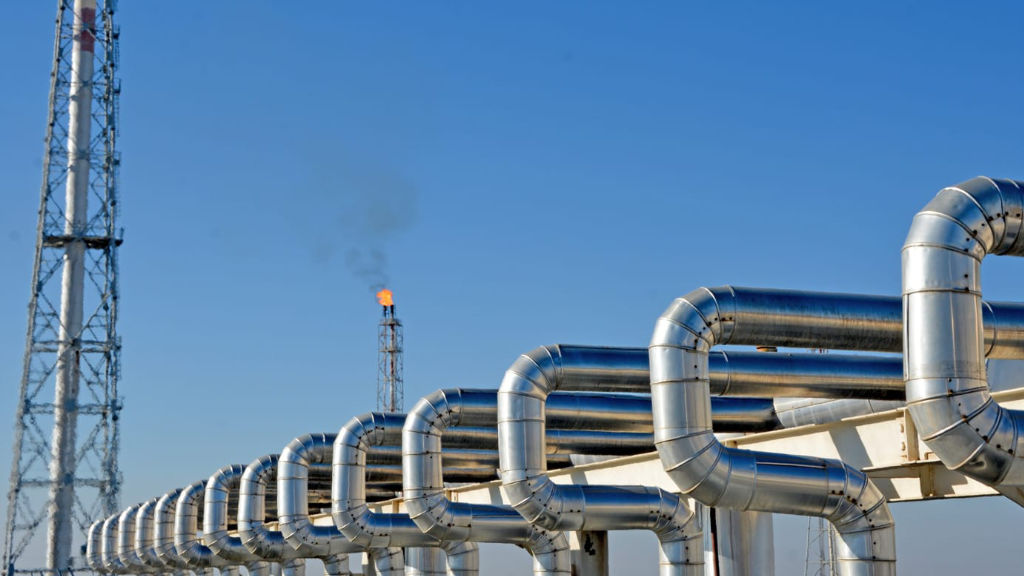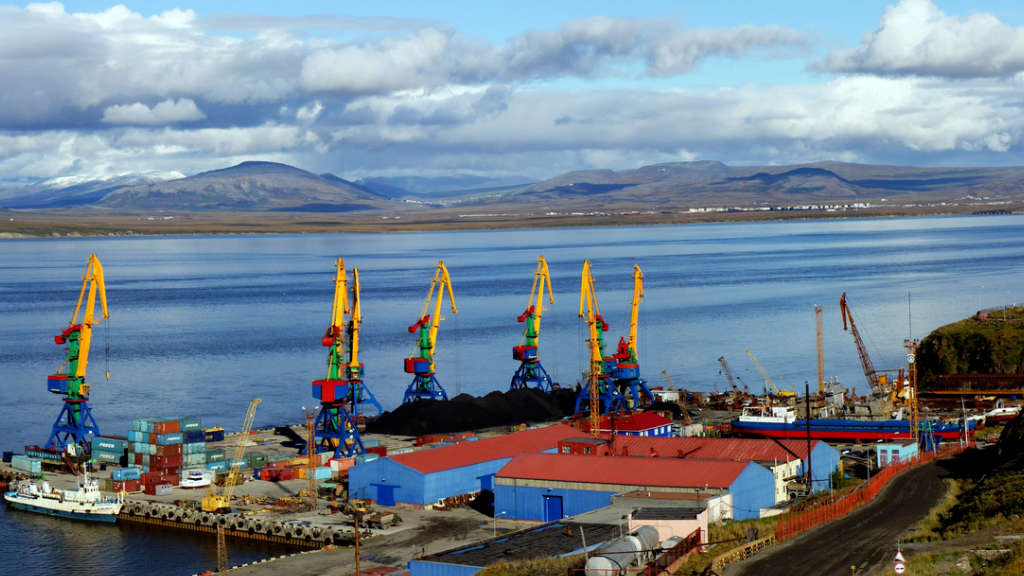Gazprom, on the look-out for new markets following the cancellation of its trade with Europe, has doubled its gas supplies to Central Asia in the January – August 2024 period, Gazprom CEO Alexei Miller has said, stating that “We are expanding cooperation with countries of Central Asia. Energy consumption in these countries is growing very quickly. These republics are developing very intensively in economic and social terms, and this opens up new opportunities for us. We doubled gas supplies to Central Asia in January-August alone.”
“Currently, the nominations we are meeting for gas supplies to Uzbekistan are via the Central Asia – Centre (CAC) gas pipeline at the highest possible, winter consumption level for last year, when unusually severe cold weather set in there.” he said. Uzbekistan became a net importer of natural gas in 2023, with Gazprom starting to supply gas to Uzbekistan via Kazakhstan in October 2023. Agreements to broaden strategic cooperation have been signed with the Central Asian countries.
Gazprom has signed long term contracts with Kazakhstan to transit gas to Uzbekistan and Kyrgyzstan, with contracts with Kazakh gas company QazaqGaz valid from 2025 to 2040.

The transit will be organized by expanding a specially designated route based on the Central Asia – Center gas pipeline system, and carrying out other projects to develop gas transportation capacity in Kazakhstan, Gazprom said.
Contracts were also signed with Gazprom Export LLC for gas supplies to the north and south of Kyrgyzstan, with long-term contracts to supply natural gas to Kyrgyzstan signed by Gazprom Export LLC and Gazprom Kyrgyzstan LLC. Deliveries under the new contracts will be carried out in 2025-2040. Contracts were also signed with Gazprom Export LLC to supply gas to the north and south of Kyrgyzstan, and contracts for gas supplies with the Kyrgyz companies OJSC Electric Stations and Bishkekteploenergo.
Additionally, Gazprom has signed an action plan with Kazakhstan to boost Russian gas supplies through Kazakhstan to Uzbekistan via the Central Asia-Center (CAC)-4 gas pipeline.
Further Reading






